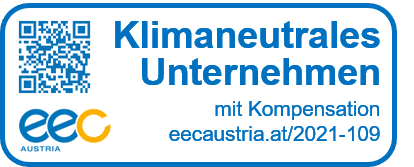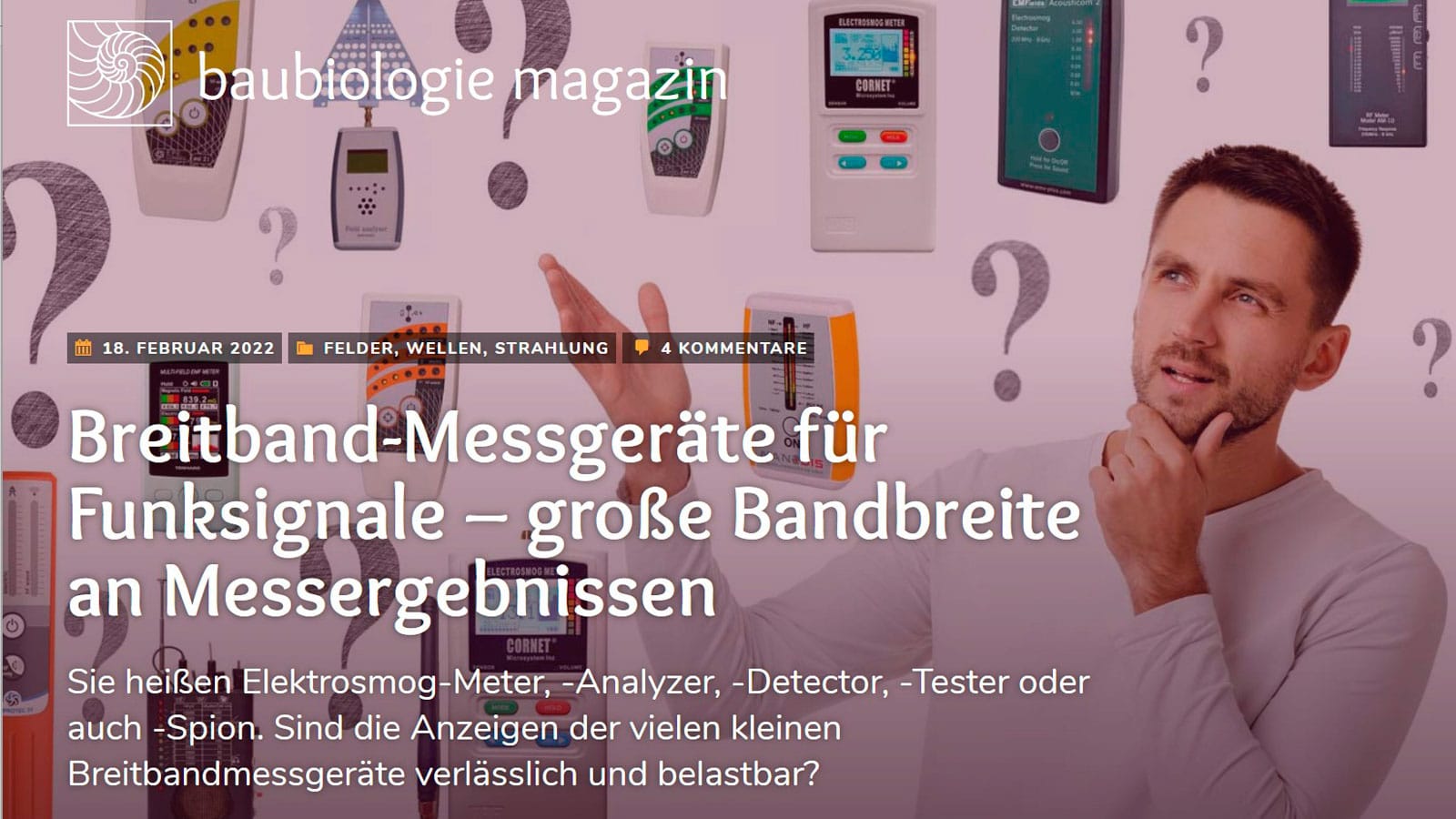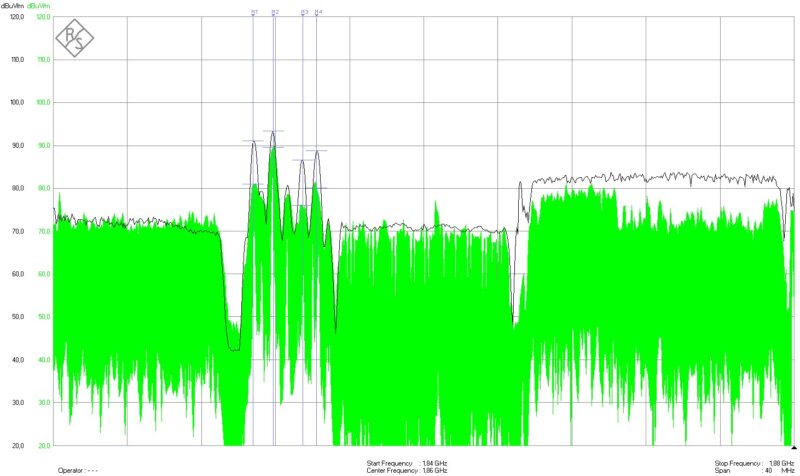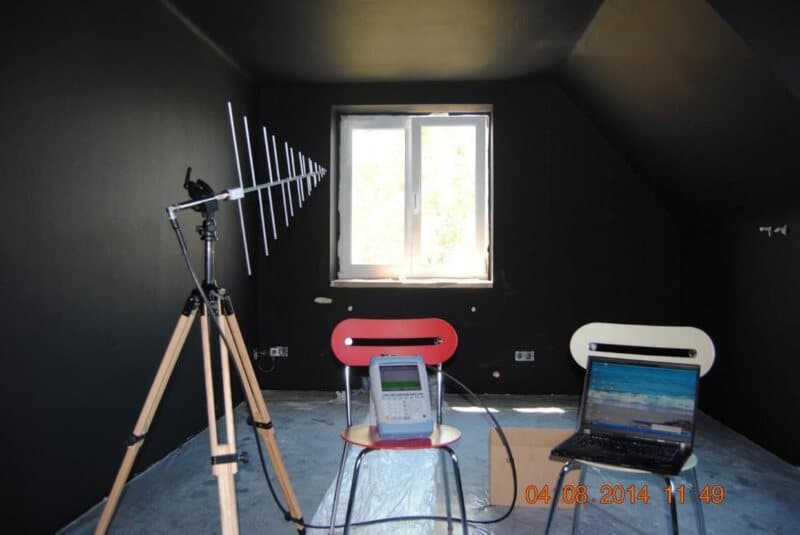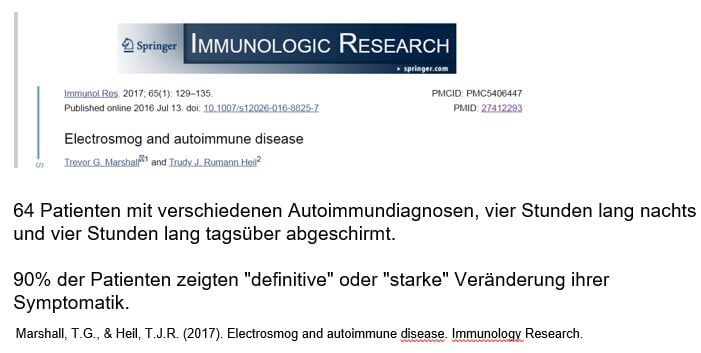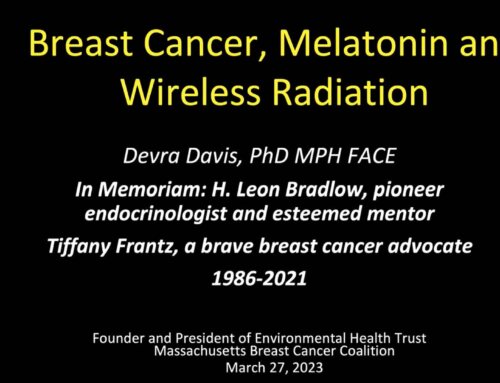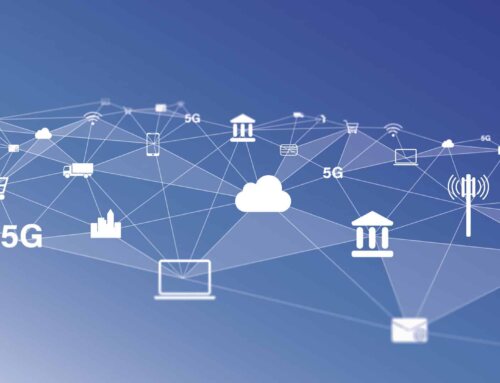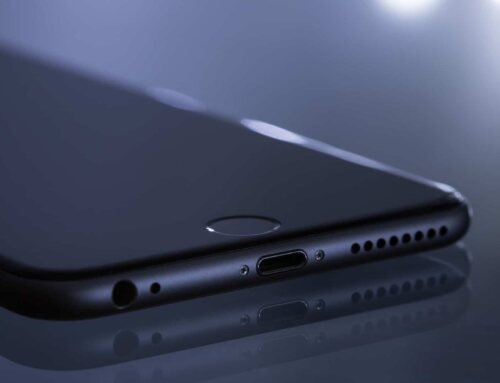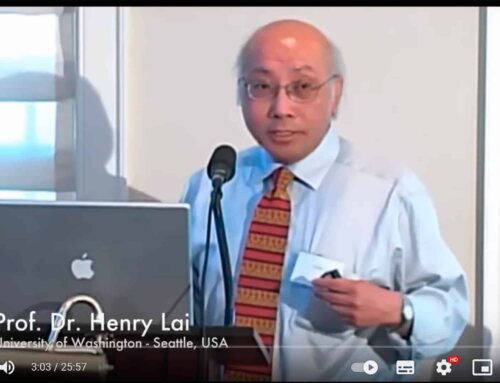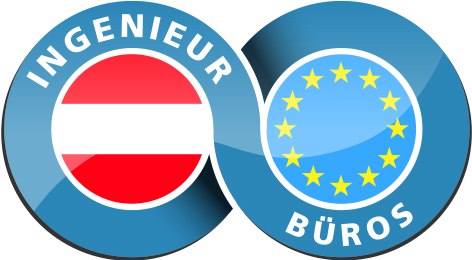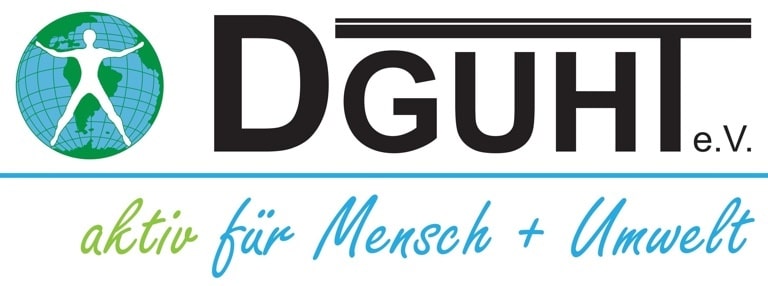Measuring devices for the assessment of mobile radio – should you really measure yourself?
Many people would like to measure electromagnetic radiation in their living areas or its fluctuations themselves. On the market, there are many measuring devices available, some of them very inexpensive, such as “electrosmog meters”, “electrosmog analyzers” or “electrosmog detectors”. The term “professional” often promises the highest accuracy – but what about the reliability of the measured values?
During an IMS workshop (Iphöfer Messtechnik Seminare), 18 different and common broadband measuring devices for high-frequency electromagnetic radiation were compared. The results are sobering: the values displayed range from less than 0.1 % to over 1,000 % of the reference values. At best, the “measuring devices” can be used for a quick, orienting and inaccurate assessment of the current high-frequency situation, if the sometimes massive deviations from the reference value do not play a significant role. Such devices should therefore not be used to measure real radiance. You can read the entire test on baubiologie-magazin.de.
Precise measured values are required, especially for comparison with guideline values for environmental medicine or for shielding measures, and these can only be obtained by spectrum analysis. With spectrum analysers, the individual radio signals are measured precisely and the system load, i.e. the maximum immissions occurring, can be determined. This value is absolutely necessary for the design of shielding measures. With broadband measuring devices, however, only the instantaneous value is measured, which is then only valid at the time of the measurement. A good explanation of why a spectrum analysis is necessary for the evaluation of radio immissions on the basis of environmental medical guideline values and for shielding measures is explained in the following report >> Moldan u. Virnich, 2017. The following figure shows a spectrum analysis for immission measurement on a roof terrace in Graz in the vicinity of mobile radio transmitters.
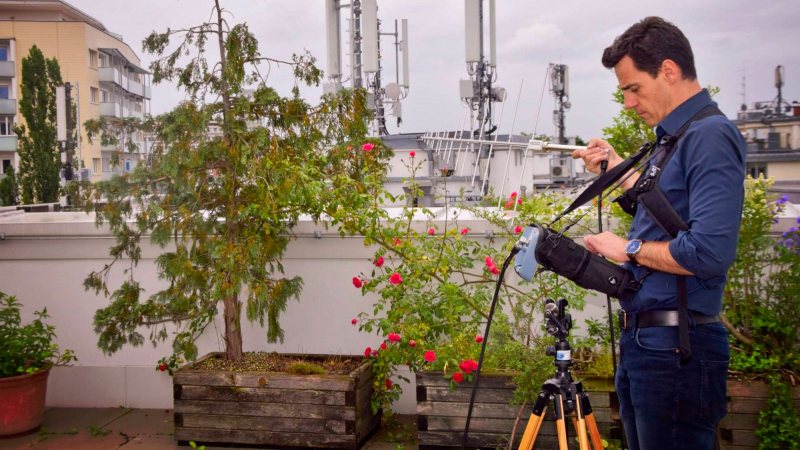
Figure 1: Mobile radio spectrum analysis on a roof terrace in Graz
The problem here is that in the frequency bands there is a mixture of different radio services with narrow signals from e.g. GSM and very wide signals from e.g. LTE. Since these different radio signals have very characteristic features, they must be measured with special settings, which is possible with spectrum analysis. Broadband measuring devices, however, measure over a larger frequency range or frequency band and indicate the total immission as a sum with a numerical value. However, this results in a mixing of the individual radio signals, as the broadband measuring devices cannot distinguish between the individual signals. Figure 2 shows a section of a frequency band in the 1800 MHz range with LTE and GSM radio signals.
Table 1 compares the measured values of a spectrum analyser and a high-quality broadband measuring device. With the spectrum analyser, the system utilisation or the maximum immission can be determined, taking into account the individual signal characteristics; with the broadband measuring device, only the currently occurring radiation densities can be determined as a sum value.
Table 1: Radiance comparison spectrum analysis and driving band meter

This results in the problem of assessing these mobile radio radiation densities, since the maximum immissions can occur several times during the day and also during the night hours. When comparing the radiation densities with the environmental medical guideline values of the EUROPAEM on LTE mobile radio, no higher radiation densities than 10 µW/m² should occur at night:

Figure 3: Guide values for high-frequency electromagnetic radiation (EUROPAEM, 2016)
About 15,800 µW/m² were measured with the spectrum analysis and 870 µW/m² with the broadband measurement device, which shows the problem of evaluating radiation densities with broadband measurement devices. In addition, it becomes apparent that without the possibility of extrapolating to the plant utilisation, shielding measures cannot be designed correctly and there would still be greatly increased radiation densities if the shielding were based on the measured values of the broadband measuring devices. Therefore, a spectrum analysis is mandatory for the exact determination of radiation densities and maximum immissions, and only through this can the required degree of shielding be calculated, as shown in Table 2 with another example of spectrum analysis for the creation of a shielding.
Table 2: Calculation of the degree of shielding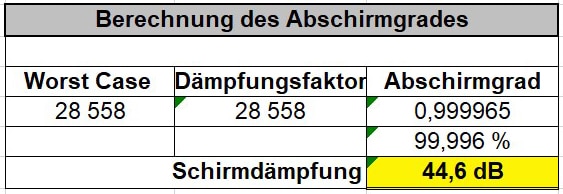
The success of the shielding measures can be seen in Figure 4 and Table 3. The remaining radiation densities still came through the window, which were subsequently reduced by means of shielding curtains.
Table 3: Successes of the shielding measures
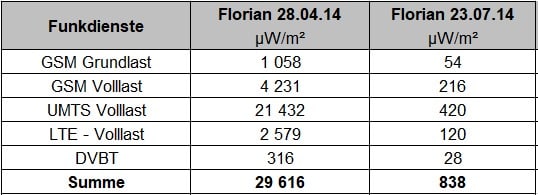
The following figure shows the spectrum analysis for the control measurement of the shielding measures for the case mentioned above.
For shielding, high-quality ecological, solvent- and preservative-free shielding paints were used, which contain natural graphite and reduce the incident mobile phone radiation by a high percentage. The shielding paints have been officially tested and approved by a test certificate. They can be painted over with normal wall paints in white or coloured, so that the rooms shine in a new and radiation-reduced splendour.
In the meantime, there are also very high-quality studies on the reduction of electromagnetic radiation that have been published in well-known journals.
From a preventive point of view and due to the scientific uncertainties regarding the research results on high-frequency radiation, sleeping areas in particular should be free of mobile phone radiation or the guideline values for environmental medicine should be observed. If you would like to find out more about the results of studies, you can find more information under the following links.
http://www.mobilfunkstudien.org
http://stiftung-pandora.eu/
http://electromagnetichealth.org/
http://www.aerzte-und-mobilfunk.eu
https://www.diagnose-funk.org/
A very interesting review on mobile phones was published by Pall (2016), which states that radiofrequency electromagnetic fields can trigger widespread neuropsychiatric effects including depression. In addition, the more frequently reported changes include sleep disturbance/insomnia, headaches, depression, fatigue/exhaustion, dysaesthesia, concentration/attention disorders, memory changes, dizziness, irritability, and more. The study is available here.
The good news at the end: 90 % of the exposure to electromagnetic fields can be reduced easily and mostly at very low cost. Many measures do not cause any costs at all, since with the right knowledge many things can be easily implemented or reduced. Shielding measures against electromagnetic radiation are also manageable in terms of price and a long-term and sustainable investment in the building and also preventively in the health of the occupants!
You would like to have the immissions caused by electromagnetic fields in your living spaces reliably checked or avoid them in new buildings or renovations? We would be happy to carry out measurements for you and advise you on physical reduction measures. Contact us now for a healthy and electrosmog-free living environment!

